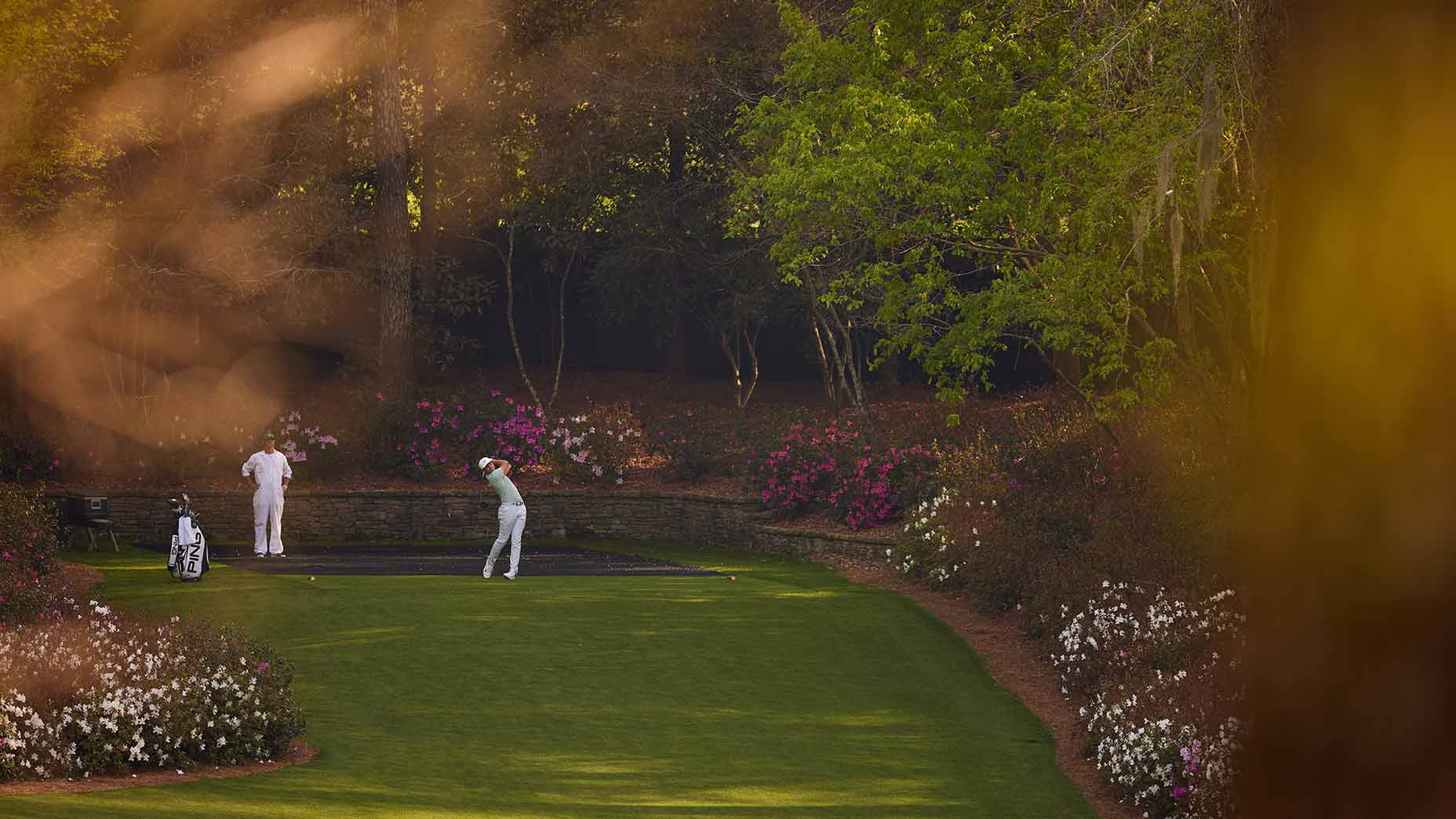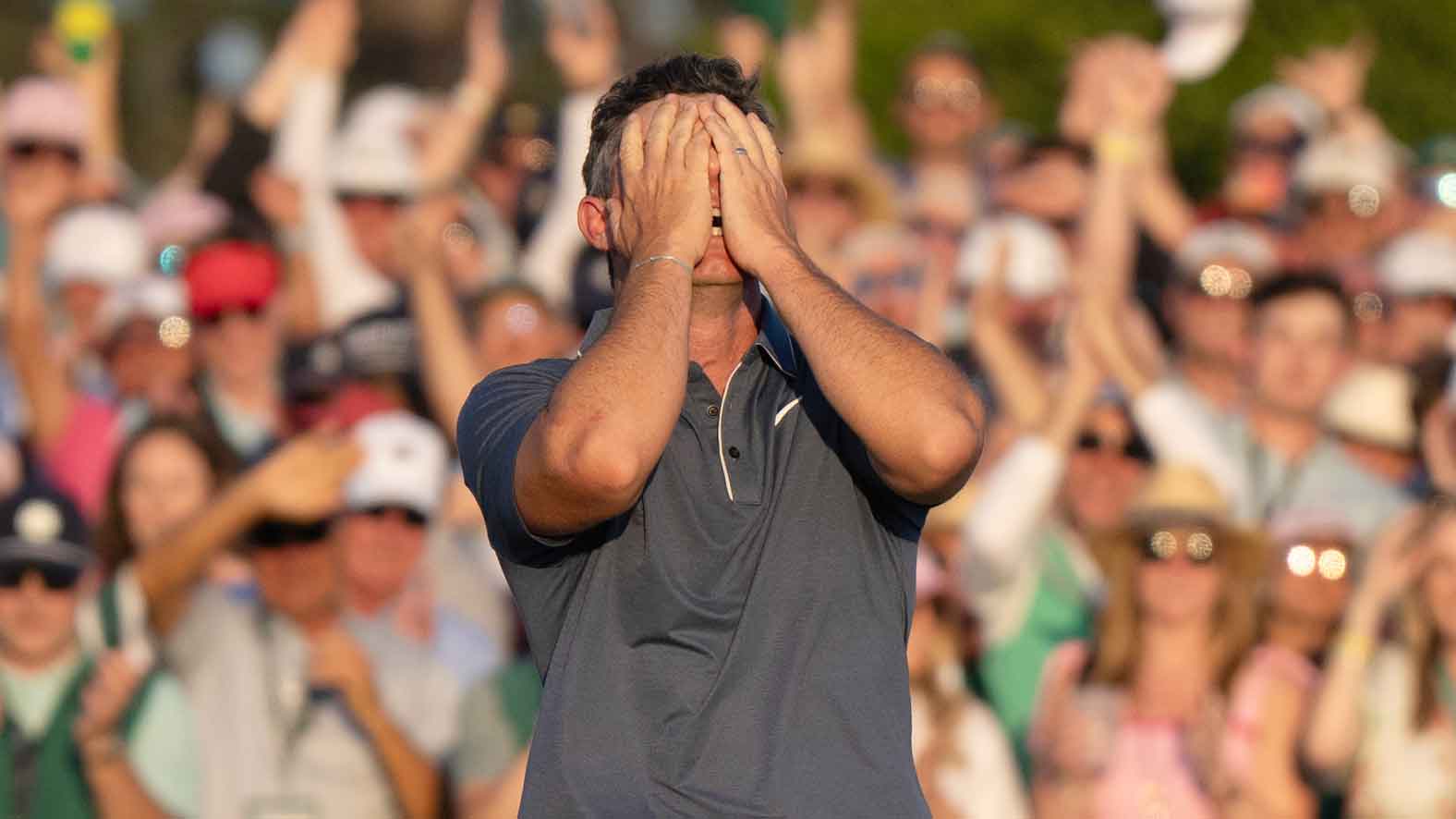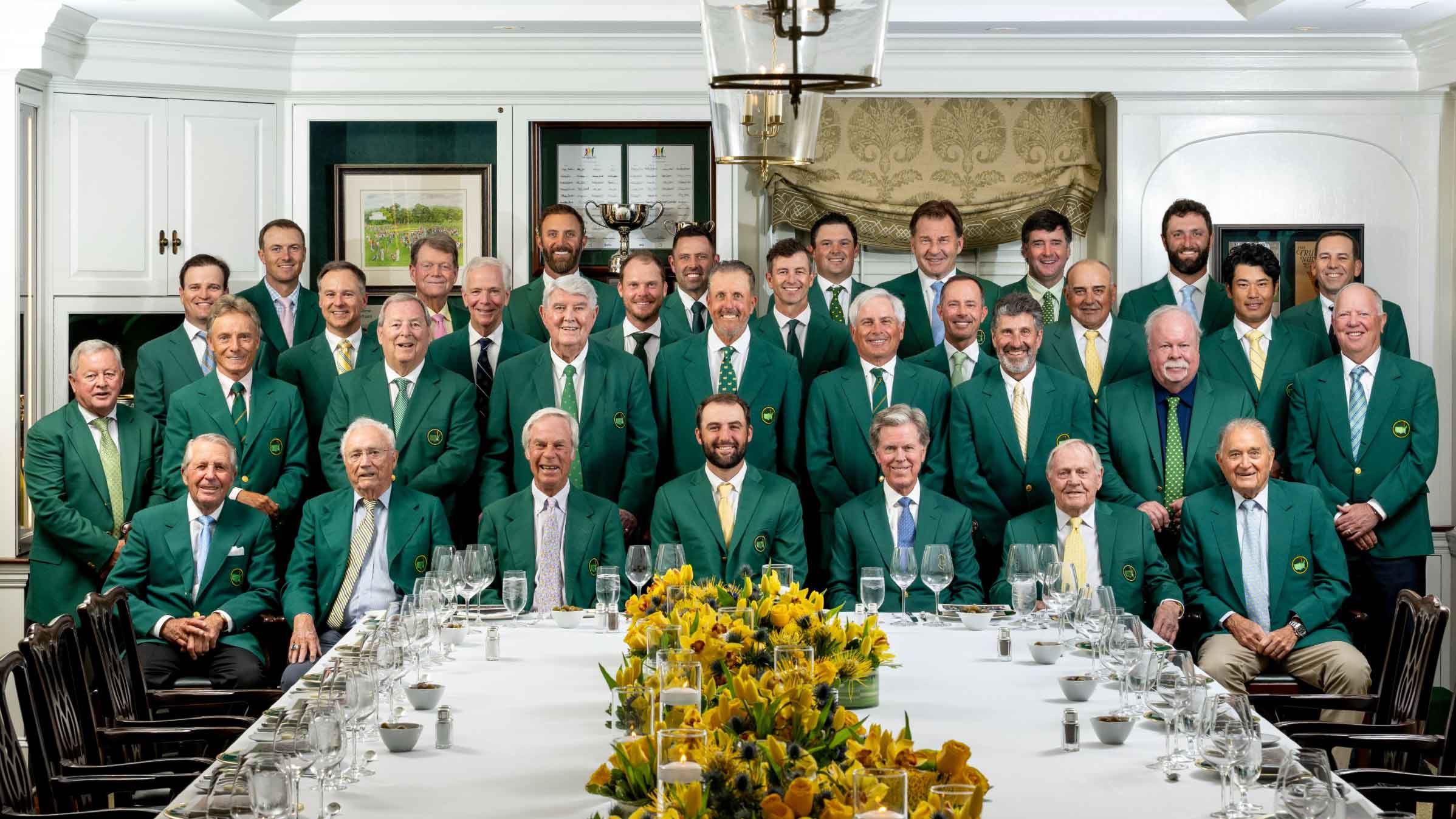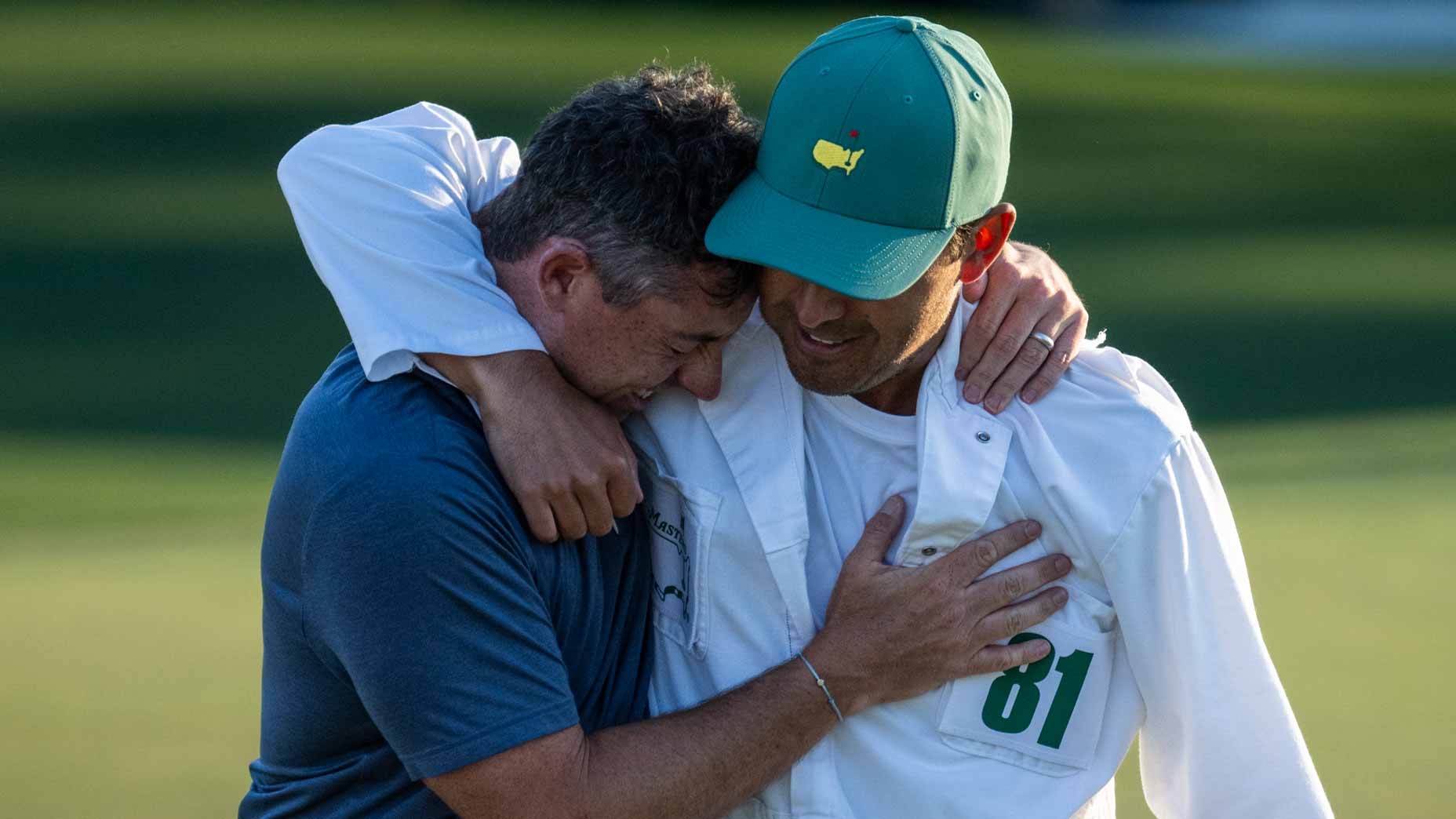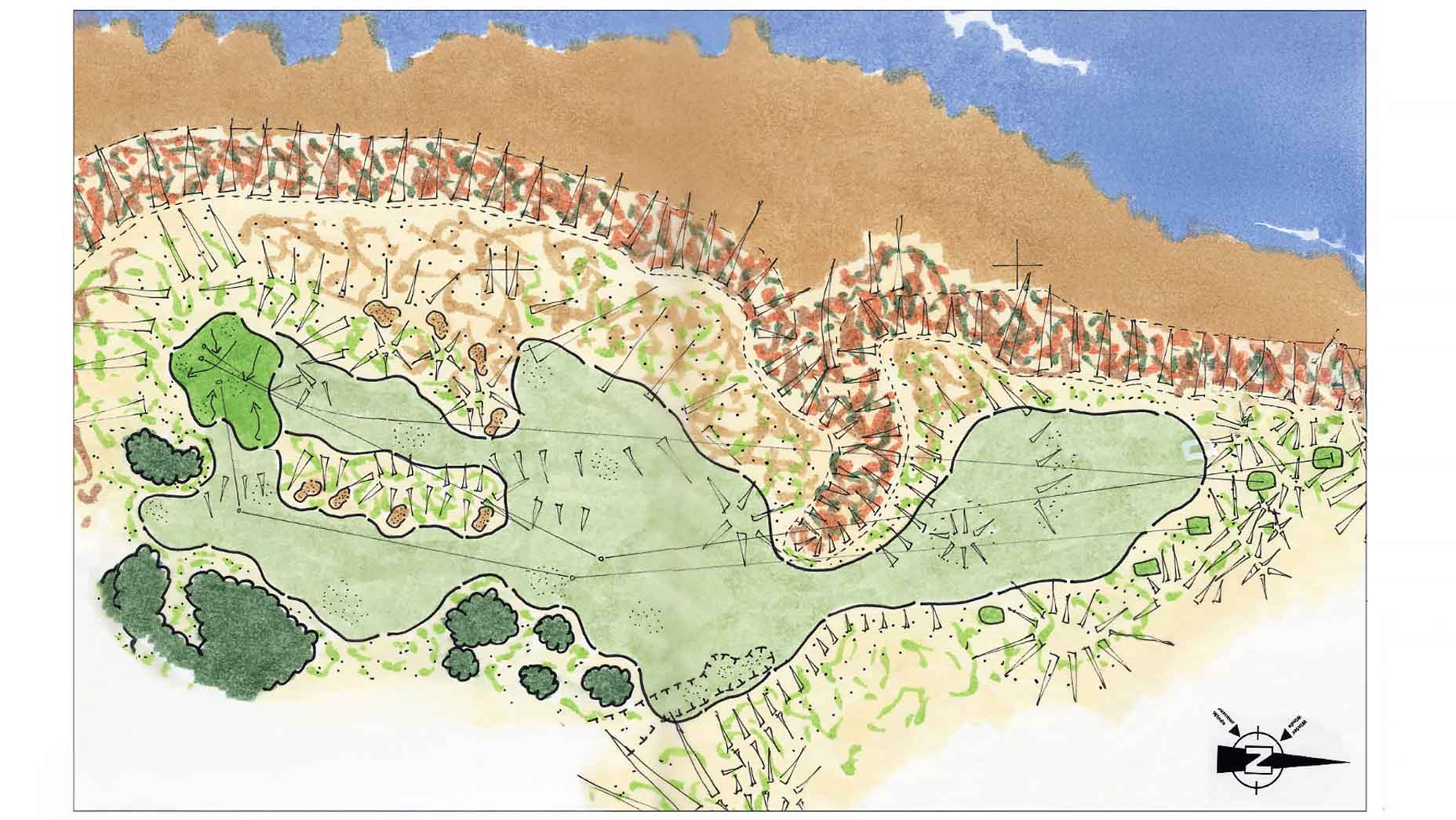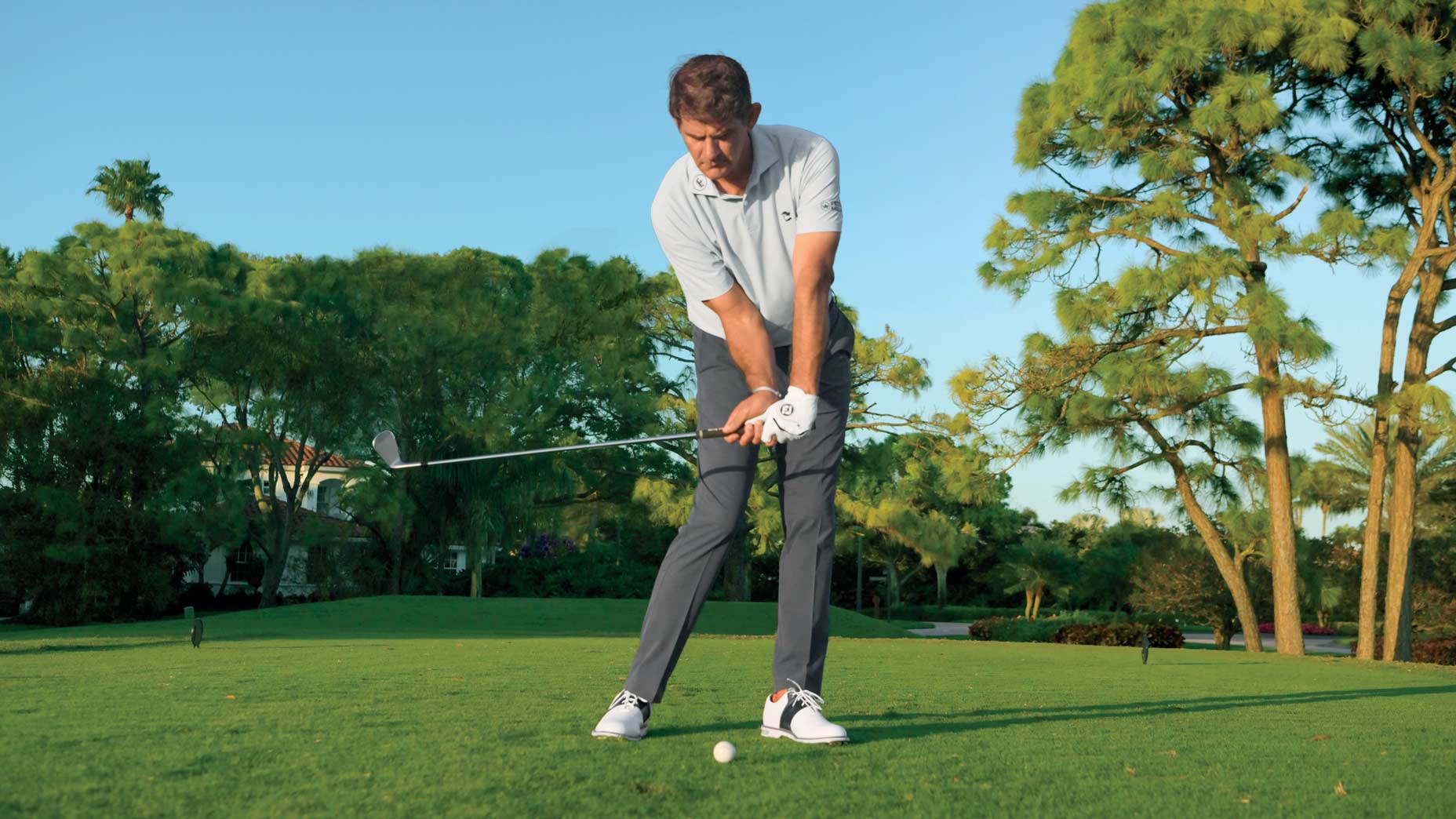Course design buffs love talking about “half-par” holes, or those that play a half-shot more difficult — or easier — than the par noted on the card. What’s your favorite? On most people’s shortlist would be No. 16 at Cypress Point, No. 17 at St. Andrews and No. 13 at Augusta National. Though they’re each different pars — 3, 4 and 5, respectively— a common thread runs through them: Alister MacKenzie. Of all the courses in the world, the Old Course was MacKenzie’s favorite, and he designed the other two.
A few of my GOLF colleagues actually prefer another famous half-par hole at Augusta National: the par-5 15th. They contend that, over the years at the Masters, the hole has generated even more drama than the course’s perpetually praised 13th.
At last year’s Masters, however, something strange happened: Across all four rounds, not a single eagle was posted on No. 15. The “committee” at Augusta National had, in the previous off-season, lengthened 15’s tee box, turning the hole from a risk-reward thrill ride into something, well, far less riveting. In 2023, it’s déjà vu all over again. In yet another attempt by ANGC leadership to forestall technology’s assault on the game, the tee on the aforementioned 13th has been pushed back 35 yards, with the hole now measuring 545 yards. (It began, in 1934, as a 480-yarder, and in 2022 tipped out at 510.)

Given the firmness of Augusta’s fairways, that’s no pressing concern for the pros. It may even help their cause because, with the tees farther back, there’s less chance of flying their tee balls into the pines on the right side of the dogleg. I doubt you’ll see many 3-woods off the tee — the new layout will force players to go with driver and try to turn the ball over from right-to-left to bring the green within reach in two. And, sorry Bubba, it’ll be almost impossible to carry the trees on the left (the inside of the dogleg) off the tee with the markers back and set in more of a “chute.”
My guess is that you’ll see more players find the fairway but with a longer shot into the green. The fairway’s right-to-left tilt should yield some awkward stances and lies, especially from the right half of the fairway (where the slope is most pronounced). A gutsy drive that winds up closer to Rae’s Creek, where the fairway is much flatter, will make coming in from, say, 225 yards an appreciably easier proposition. The risk — and reward — of flirting with the creek for the sake of gaining a more level stance is what MacKenzie intended when he so cleverly routed the hole in the 1930s.
Augusta National, rightly, had grown a bit queasy about players reaching its par-5 greens in two with mid- and short irons. On 13, thanks to those extra 30-plus yards, you won’t see anyone “neutralize” the hole with one mighty blow from the tee. They’ll have to execute two fine shots to secure the birdie or potential eagle. Essentially, the club is bringing back the shot values from the 1980s, when long-iron or 5-wood approaches at No. 13 were required. Clifford Roberts would approve.
The question/worry becomes: Will the tweaks to this half-par hole dramatically reduce the eagle count? What if it goes to zero, like it did on No. 15 in 2022? Well, we all lose.
To be fair, that wasn’t the intent of the green jackets. (If it were, they could simply set up Nos. 13 and 15 as 500-yard par 4s.) Annu- ally, the eagle roars on Sunday are among golf’s finest moments. The burden here was to preserve the integrity of the back-nine par 5s without mitigating their unique brand of excitement. Here, we all win.
No one knows how this will affect 13’s “roar factor.” One of the neat aspects of the game is the flexibility derived from the daily placement of tee markers and pins based on wind and weather. And while watching a bunch of well-struck wedge shots into 13 and 15 is fine, it in no way can replace the drama associated with the risk of carrying a hazard from 200-plus yards for the high-stakes reward of an eagle when it matters most.
Here’s hoping they get it right.

